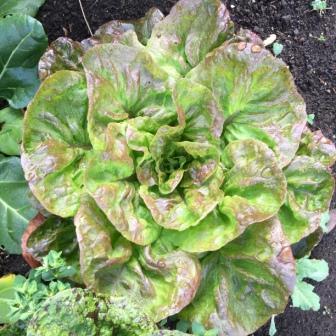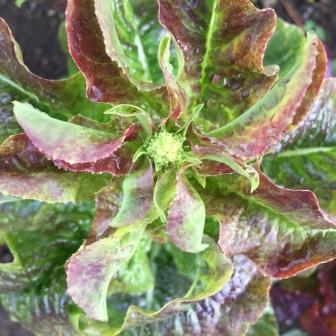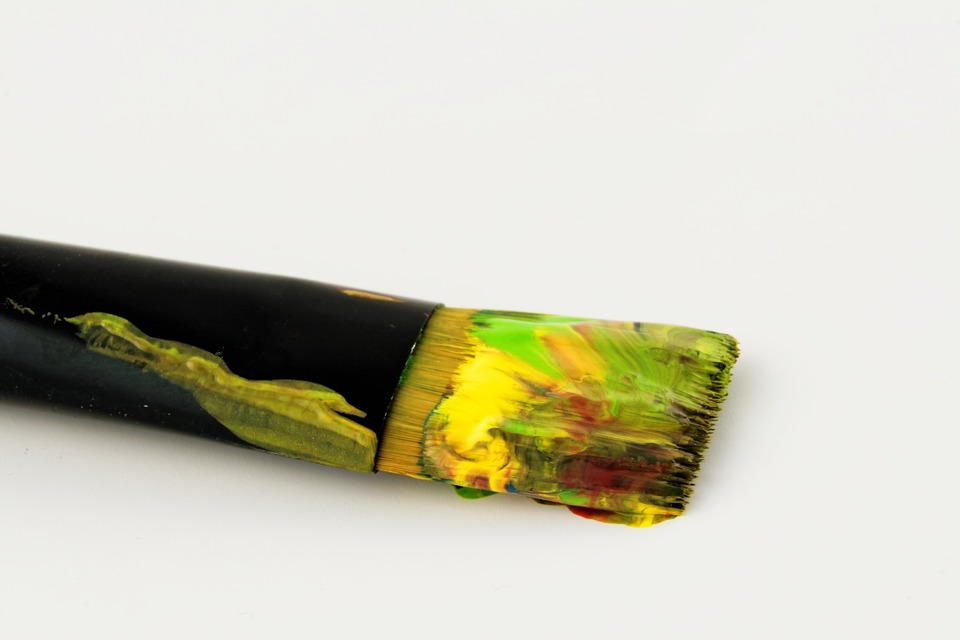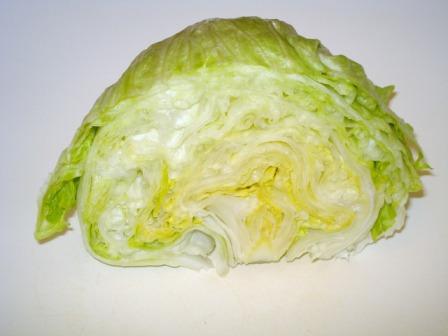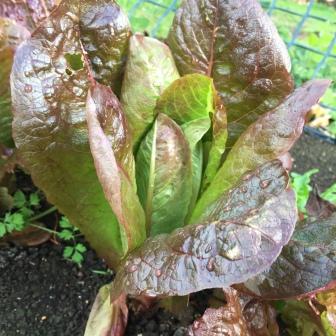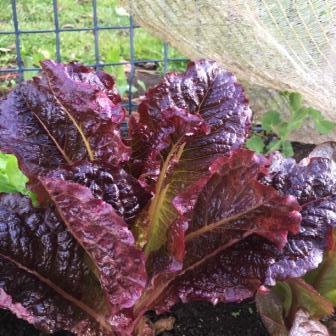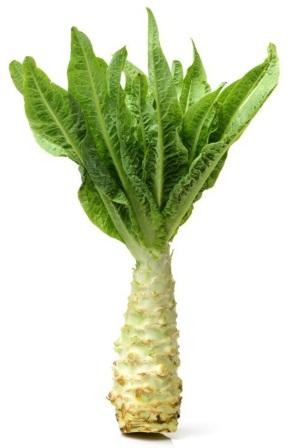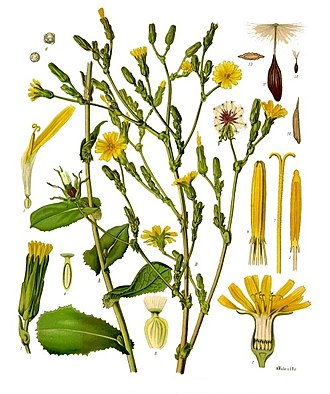 |
|||||||||||||||||||||||||||||
| > Welcome > Grow and Eat > Plant Food: Beautiful Lettuces of the World
|
|||||||||||||||||||||||||||||
Beautiful Lettuces of the WorldGrowing some of your own food is becoming vital in today's world. It's not a feel good activity for people with time and money, but vital for good health for ALL people. Lettuce is one place to start. We can hardly fail to notice the chaos taking place all over our planet. All these are signs that Bible prophecy is continuing to be fulfilled. Some day, maybe sooner, maybe later, there will be restrictions on who can buy and who can sell,1 so learning to grow some of your own food now is a good idea. But there's another reason, just as pressing. The basic idea of food is to build, maintain and repair so YOU have really good health. And sorry to say, facts are being revealed more and more every day, that much of the food for sale may not be health building. Even for those of us fortunate to live in countries with plenty of food - that food may look great, but not be good for your body. So growing some food is vital for good health. Lettuce is basically green and/or red leaves - and when grown well, these are like a tonic and medicine for the human body, helping to fight infection, inflammation, anaemia and more.2 Added to that, lettuce is generally mild tasting and acceptable to most people as a food. You CAN Grow some FoodHaving regular and stable access to clean and safe food is already becoming a challenge in so called "developed nations", let alone developing nations and third world nations, where people struggle every day for basic needs. I want you to know that you CAN grow some of your own food. You CAN buy one packet of lettuce seed (more about that soon). You CAN grow in a little bit of soil, if you are lucky enough to have a little patch of ground where you live, and can give it a little bit of digging love! Otherwise, you CAN grow in any kind of plastic container at least 12 centimetres deep, with a couple of nail holes in the bottom. Fill with potting mix, which you can beg, borrow or buy. Rest the pot on a lid, so when you water, you won't have streams of water all over the table, or window sill. There are many free items that can be used to grow food. We have grown something to eat in many different ways, and we are not wealthy in the world’s terms, although all our needs are met, we have had to start a home many times, as God moves us around. We have developed 12 food gardens in three countries over the last 25 years. With so many soil types and climate variations (though all classed as "temperate") we have learned a thing or two about growing vegetables. In this article, you will learn some science and art, and then I will give your brains a break! And the NEXT column will have a special report: 29 In Depth Tips and Tricks forTemperate Climate Lettuce Growing. I could have called this report "29 Geeky Tips and Tricks for Lettuce Growing". Because I do tend to approach things in a detailed, some might say geeky way. However, we have learned and used all these tips and tricks to sow, grow, harvest and store lettuce over those 25 years. I really hope you find something useful, helpful, interesting. But for now, dear patient reader... ...time to get your laboratory coats on! Let us take a little botanical journey and learn something different about lettuce! Let's think science!
Image by Pete Linforth from Pixabay Lettuce is part of a FamilyClassifying and grouping modern plants began in the relatively recent 1700’s. We've all heard, read or watched about the voyages of discovery over the globe - well every ship also had an on board botanist who gathered plant specimens and often named them as well. That science is called plant nomenclature. As a result, lettuce is part of a huge Family (that’s a botanical term) called in Latin Compositae – including daisies, sunflowers, Jerusalem artichokes, chicory, endive and more.3 The Compositae family is also called the Astericae family. Could be confusing, but other plant families also have dual names. One way to identify a member of the Compositae family, and probably the easiest place to start, is the perfectly symmetrical flowers – think white daisy, yellow sunflower, primrose Jerusalem artichoke, blue chicory. So yes, lettuces do have flowers, as they start to go to seed they develop small flower heads, as you can see in the image below. You want to pull them up then because their best eating days are over. I will admit that I still eat them like this. The leaves become slightly bitter, because the plant is putting energy into forming a flower head and precious seeds within. Can you see the flower head forming? Our domesticated Lettuce has a Mysterious PastThe Genus (the next layer down, after Family) of lettuce is called Lactuca and then, well that’s where there is a differing of opinion about where domesticated lettuce originated, genetically. Most researchers agree that the Species (next layer down after Genus) L. sativa is a domestic species, but there is no evidence of L. sativa ever having been wild. This would be very confusing if you were looking through the lens of Evolution. But change your lens to Creationist, and there is no mystery at all. Perhaps the reason a wild ancestor of L. sativa cannot be found is because there is not a wild ancestor. Perhaps L. sativa emerged from Noah’s Ark, already domesticated in the pre-Flood world. Mind blowing indeed! However, for our growing purposes – we want to know the next layer down – the Varieties, the different kinds of lettuces we can grow for food. Laboratory Coat off - Art Smock on!Okay, time for us to look at the art form of lettuce, and they are SO beautiful to look at!
This is where Lettuce Growing and Art combine! Take a close at the leaf shapes, the plant structure, the textures, the flecks and shadows of different greens, reds and bronzes. Yes, lettuces are works of art! Once you know and love the lettuce groups, you can more easily choose the lettuce you would like to grow.
Until next week, why not take another look at lettuce seeds available in your area? May God be with you. References: 1. "...no one may buy or sell except one who has the mark or the name of the beast or the number of his name." Revelation 13.17 2. Kuete, V. (Ed). (2017). Medicinal Spices and Vegetables from Africa - Therapeutic Potential against Metabolic, Inflammatory, Infectious and Systemic Diseases. University of Dschang, Dschang, Cameroon:Acadamic Press. Retrieved from: https://www.sciencedirect.com/topics/immunology-and-microbiology/lettuce 3. Ashworth, S. (2002). Seed to Seed - Seed Saving and Growing Techniques for Vegetable Gardeners. Iowa, United States of America: Seed Savers Exchange, Inc.
Posted: Sun 28 Jul 2019 |
|||||||||||||||||||||||||||||
|
|||||||||||||||||||||||||||||
